Introducing children to cycling at a young age can pay off eventually. With many manufacturers producing kid-specific bikes and accessories, no kid can miss the fun. However, for a start, a balance bike is the best option.
Teaching children how to ride a bike is becoming a perennial parental rite of passage. You will likely see the dad or mom running after their child while puffing and huffing. The joy of seeing your child mater bike riding makes one do such.
There are different, safer, and effective ways to teach a child how to ride. It starts with balancing, controlling, positioning, and coordinating, then balancing. Does this mean your back is not going to ache anymore? Using the methods discussed in this guide, you can efficiently train your child to cycle without the everyday challenges.
Like learning any new skill, your kiddo will have some challenges or exhibit resistance when you teach them how to ride a bike. It is why some parents instead opt to look for professional cycling instructors near where they live to take the burden off their shoulders.
Let's delve into the process, some success tips, and everything else that matters.
At what age is it best to teach a kid to ride a bike?
While riding a bike is a lot more fun, the mastery of balancing a bike does not come overnight. However, bikes make children active, which is good exercise for kids.
Cycling is categorized as a low-impact activity. Thus, learning to ride a two-wheeled bicycle with little training can be a significant developmental milestone. However, not all children learn the same.
Generally, children learn to ride a bicycle between the ages of 3 and 8. The average age for learning how to ride a bike is 5 years. A child aged 5 years and above can learn to ride a bike without stabilizers. Nevertheless, any age above 2 years is excellent. We have seen children learn to ride bikes for the first time at 12 years or above, and everything goes well.
Mostly, while a balance bike might be preferable, some kids begin pedaling the tricycles. Tricycles are a preference for children between the age of 1 and 3 years. Majorly, a kid about 3 years can comfortably ride a tricycle.
As the kids develop their cycling skills, they hit their first milestone: pedaling. Even though they might take longer to hit the second milestone: balancing, the first one is exhilarating. The second milestone means a kid can ride a bike on two wheels without a training wheel.
Many parents ask, "How long does it take to teach a child to ride a bike?"
Teaching a child to ride a bike can take a few hours to a few weeks depending on the interest, learning pace, and the child's zeal.
The Tools of Trade (What is needed?)
Cycling is a terrific sport. And like other sports, having proper gear raises the spirit of participation. In this case, getting your kid the right gear and equipment can be a game-changer in learning how to cycle.
It is guaranteed to show them that you are determined to help them acquire a new skill, making learning to ride a bike easier, safer, and fun.
If you plan to orient your kiddo into cycling, here is what you will need to get things in the right direction.
A Balance Bike
For smaller and slightly older kids, getting a balance bike is a timely game changer as they turn to learn to ride a bike. When purchasing the balance bike, be sure to buy the right balance bike not just because of age but also one that matches their inseam.
A perfect bike fit is an initial motivator for a child to learn how to cycle. Balance bikes are a guaranteed means of teaching kids as young as 18 months old to cycle.
Since the balance bikes have no pedals or training wheels, the kids learn how to balance, control, and coordinate their bikes as they glide around.
Beginner Pedal Bike
Since not all kids have the advantage or privilege of accessing balance bikes when they are young, getting a beginner pedal bike would also do the magic trick.
We have seen kids get into pedal bikes and master cycling within the first few hours of practice.
All that matters is the child's will and determination to learn how to cycle. That signals that they are ready to enjoy the thrill and other benefits that come with it.
You can get your kid the right-size pedal bike, which you can detach, lower the seat, practice other skills, and re-attach when the kid is ready to learn pedaling.
A Helmet
For anyone on a bike, we always insist on helmets. Some laws govern wearing helmets in different states as well. When training a child to cycle, ensure that you get them a snug-fitting and right-size kid-specific helmet.
Remember, helmets are not one-size-fits-all. Instead, you have to measure the circumference of the kids' heads, shop for the best, and ensure that the child wears it correctly.
Getting a child their first bike helmet guarantees they will forever value wearing a helmet whenever they are cycling.
Closed Shoes
Even though there are various cycling-specific shoes, this is not the perfect time to purchase them. However, if you have the means, get them kid-specific flat-soled shoes specifically meant for cycling.
Otherwise, any snug-fitting and closed-toed shoes will suffice. Ensure that the laces are tied well when pedaling to avoid getting entangled on the chain, chainring, or gears.
Protective Gear
Apart from purchasing a helmet, ensure that you buy extra safety and protective gear for your new cyclist. Kids get nervous and timid and often fall off their bikes during the first stages of learning how to ride a bike.
You need to anticipate this and prevent them from getting minor injuries such as scrapes and scratches, which can keep them off bikes for a while.
In fact, instructors will tell you that no kiddo is ever careful not to fall off their bike for the first time. Getting a pair of knee and elbow pads will help beef up protection for the kiddo.
You should also invest in a good pair of cycling gloves; for this, go for the kid-specific cycling gloves. With the extra protection, your kiddo will be more than ready to ride the bike.
Right Clothing
The kids' regular clothes at home will be good for a start. Then, they can wear simple sportswear to wick the sweat away and set them in a sporty mood. Alternatively, you can get them cycling jerseys of teams they love or the universal cycling jerseys. It all depends on the preference of your child and your resources.
Perfect Location and Timing
A flat, paved, and obstacle-free space is the perfect location to train a kid how to ride a bike.
The best options can be your backyard, the football field, the park, basketball courts, an empty parking lot, a home compound, or an indoor sports arena. But, of course, if you have a flat rooftop, it would suffice too.
The only caution is to ensure that no traffic or activities can hinder your kiddo from practicing riding. It's that time when they are learning a new skill, and associating it with a bad encounter isn't that good an encounter for their memory.
Choose a day free from distractions such as calls, conversations with friends, or scheduled errands. In addition, it should be under perfect weather that allows you to enjoy the outdoors or indoors, in some cases.
You should limit teaching a child to ride to daytime when they are still active. Doing it late in the evening might make them drained and unmotivated to learn.
Skills to Focus on to getting Kids on Bikes
With the location identified, the right gear purchased, and the kiddo ready to learn the new skill set up to become a lifetime cyclist, you need to introduce them to some cycling skills steps-by-steps.
These skills include positioning/posturing, balancing, controlling, and pedaling, in that order. Let's explore each skill development in-depth.
Posturing/Positioning
The first step is to teach the child how to sit on a bike. They should know that sitting upright on the bike is vital in maintaining stability.
To do this, ensure that the child touches the ground with their feet flat while sitting on the saddle. This position enables them to push off the ground and gain the necessary momentum. It is also useful when stopping the bike and doing it safely.
You need to slowly adjust the saddle until the kiddo can be flat on their foot when seated. Then, have the kid hold the handlebars via the bike grips when sitting in that position.
Balancing
After you are done setting the posture and position, you need to focus on balancing the bike. Before kid learns to steer and pedal their bike, they must learn how to balance them. To help them learn how to balance, here are some tips and steps for success:
- Let the child sit on the saddle and push their feet flat on the ground so that all their weight is on the saddle. Ensure that they are comfortable with slightly bent knees on both legs.
- The child should be able to walk with their bike when seated in that position by pushing the bike forward with their feet still on the ground.
- Make them look ahead to where they are going. You will notice that new riders will be focused on the front wheels rather than what's ahead. Encourage the child to keep their head up and look forward.
- Make them walk in the same position, pushing their bike, on their own for a few minutes until they are happy with it.
If you do not have a balance bike or the kid has passed the balance bike stage, you can simply turn the kids' pedal bike into a temporary balance bike. We have explained this elsewhere in this article.
Controlling and Braking
After balancing comes to control, which entails aspects such as braking and steering. Teach the kid how to use the handlebar to steer the bike. Let them learn how to make turns, keep the bike straight, and negotiate obstacles. These skills will come in handy as they grow into aggressive riders.
As you teach the child how to control their bike, you must also introduce them to using handbrakes. Start by explaining what brakes do, when to apply them, and how to apply them. Next, let the little rider understand how to engage the front and rear brakes.
Let the child practice pulling the lever severally until it clicks into their mind. You should do this when they are immobile.
If they practice using a bike with both front and rear brakes, have them pull both and slide the bike while on their feet.
You can also play the red light/green light game with the child to make them learn when to pull the brake levers and engage the brakes and when to go easy on them.
So, when you say red light, they should pull the levers and engage the brake, but when you say green, it is time to let the brake and glide around on their bike.
You can do it in many ways; what matters most is that the kid learns to ride. Once they master braking, combine positioning, braking, balancing, and controlling by encouraging the child to pick their feet up and let the bike glide forward as much as possible. They can repeat this on short distances at first and longer distances when they fully master it and are confident enough to do it. When teaching a kid how to cycle, you have to be patient.
Pedaling
After the child has mastered balancing, controlling, and positioning on their bike, you must wrap it all up by introducing pedaling. There are many ways to introduce pedaling. You can use training wheels, a trainer, a Balance Buddy trainer, or go traditional.
If you were initially using a balance bike, and your child wants to transition to a pedal bike, you will have to purchase a pedal bike, depending on their inseam height. Otherwise, if you turn the pedal bike into a balance bike, it is now time to return the pedals.
Remember, you must now adjust the bike seat height slightly higher than when it did not have the pedals. This way, the child can have both feet flat on the ground with a somewhat bended knee when sited on the saddle.
Adjust the seat height until the kid is up on the balls of their feet while seated on the saddle.
Review if the child remembers how to use their brake. Also, ascertain if they remember how to steer and balance the bike independently. Finally, observe their posture, ensuring they keep their head up and look ahead.
Push the kiddo gently with their feet on the pedal and let them start to pedal. You will be amazed at how quickly they learn to do this on their own, and viola, the kid, now knows how to cycle!
To boost their confidence, cheer the child and encourage them, you can take them out for their favorite ice cream or gift them certain bike accessories. Even when they fall, assure them that that's part of learning.
Strategies to teach Kids how to Pedal
These strategies are for kids who can't pedal forward. Some kids will find it hard to incorporate pedaling, controlling, balancing, braking, and positioning.
In most cases, they will miss out or have challenges maintaining the pedaling motion. It is expected as many young kids tend to pedal backward instead of forward. As you teach them to pedal, you can use different methods to expedite their learning process.
You can use a trainer to teach them how to maintain the right pedal motion. Some bike trainers accommodate kids' bikes, or you can build/improvise one on your own. When on a trainer, the kiddo exclusively learns how to pedal. When the kid is on the trainer, you can coach and encourage them while standing next to them.
You can build a DIY trainer using blocks, which is cheaper than purchasing an actual trainer. You only need to stack the blocks so that the rear tire is propped off the ground, and that's just about it. However, when in use, you need to support the back and front of the bike so that it is firm enough when the child pedals. You will be amazed at how fast this method helps them to attain excellent pedaling skills.
You can also take two blocks and training wheels. Attach the training wheels on the bike and place them on top of the two blocks or bricks so that the rear wheel is suspended. Once in that position, the kid can learn to pedal.
Finally, you can also purchase a handlebar and attach it to the rear axle of the kids' bike. You can then hold the handlebar so that the kid confidently works on their pedaling skills as they integrate all the other skills while on the go. Again, you will need to keep up with the child's pace.
Tips for Success when Teaching a Kid to Cycle
Ditch the training wheel and follow these simple steps to teach your kid how to ride in less than 15 minutes. Learning how to ride a bike with no training wheels is epic. In fact, it is a major developmental milestone for kids.
While there are different progress rates of learning, the average age for one to master bike riding without training wheels is about 5 to 7 years. Therefore, if your seven-year-old wants to ride, this is the time to ditch the training wheels. This works wonders even for children who are scared of riding.
Studies show that learning to ride can help kids overcome their fears. Besides, studies have also demonstrated that anxious parent passes the same worries to their children. Therefore, if you fear cycling, first overcome it and get to train your child.
Let us begin dissecting this parental code by looking at some pro-proven methods.
1. Listen to Your Child
It is good to suggest riding to your child and let them develop an interest.
One way to compel them to do so is to buy yourself a bike and ride it. However, pushing a child to learn how to ride can be disastrous as it can be met with massive.
When deciding, also figure out the level of instruction adherence for your kid's safety while riding. Remember, by law, a bicycle is considered a vehicle, and all traffic rules must be followed.
2. Begin by Practicing Balance
While balancing is the second most crucial milestone in cycling for kids, it is a good starting point. There is never an order to follow.
It is prudent to test the child's balancing skills before getting on a bike. In this, you could watch out for their performance activities such as gymnastics, riding a scooter, running, and ice skating.
Showing signs of balancing capabilities means that a child is ready to learn to ride.
3. Choose the Right Bike for your kid
Bikes are not one-size fit. The number one mistake a parent can make is buying a bicycle, hoping a child will grow into it. Instead, shock befalls them because it turns out so big or too small that it makes it difficult for the child to be comfortable, balanced, and controlled.
Your kid should be able to put both legs on the ground when standing over the crossbar. Also, have an inch to spare in between the thigh area and the crossbar.
4. Choose the right location
The terrain is vital when training your kid to ride. Always get a calm grassy place devoid of traffic and where the child cannot get embarrassed if they fail. Fails are part of learning how to ride bikes.
A park, home compound, or school field would probably be a convenient pick. Teaching a child how to cycle alongside friends and peers is a distraction. A training wheel is just a funky gadget. Good ground would do your kid wonders.
All you need is a moderately sloping grassy landscape and a wrench. Remember, 4-7 years of age kids can safely take on two wheels as they have both coordination and balance. Find an area where the bike can coast down.
It should be gentle enough to allow the child to hold onto the bike. An appropriate fit should be around 20 yards in either direction.
5. Teach the child how to break
Learning how to stop a bike is essential before learning how to move it. Introduce the child to how brakes work and how and when they are used. It is the best defensive technique for a kid on the bike.
It is also important to tell the kids when to put their feet on the ground as it is also a braking technique. For a child super scared of falling, encourage them that cycling is like walking.
6. Do away with the pedals, if you must, and raise the saddle
If you are on a tight budget, buying another balance bike would be an extravagance. Thus, you can take off the pedals and adjust the saddle height so the kid can stand on both feet. This allows their feet to glide down as they take on the terrain with their new bikes.
7. Slow but sure moves
Training should be done in phases. It is recommended that you make manageable increments. Do 30-45 minutes of training in your free days or daily. One hour of training is too much for kids to take, and it can cause fatigue.
Start from the level grounds and let the kids roll with the bike to the bottom of the slope. A proud smile from dad or mum as your child slowly rides a bike is an excellent incentive to learn.
8. Patience and Persistence
An average of three to four weeks for a child to master riding a bike without training wheels. Assess the emotions of your kid while they are at it. If you sense they are stressed, worked up, or just losing interest in riding, it is time to have a recovery break. A few weeks off training would do.
9. Safety First
Every training session must involve safety tips when cycling. Insist on wearing a helmet and how to fit it in the kids' heads. The CPSC recommends wearing helmets to prevent head injuries caused by kids not wearing helmets while cycling. An article by Helmets.org stresses the importance of wearing helmets. Approximately 85% of head injuries occur due to a lack of wearing cycling helmets.
Check whether the child has worn the helmet correctly. Use stickers that come with the helmets to guide them on wearing helmets. We need the brains to innovate and make the world great; take care of your kids' heads. Our article on choosing the fitting helmet is a good starting point.
Parting Shot!
Riding a bike is something that people learn at a smaller age and keep to their graves. Even when people have not cycled for a while, they can pick it up anytime, dust their skills a little bit, and get the fun going. Nevertheless, it is never a simple process; its success and duration vary from child to child.
The tips and steps we shared can only work when you are determined to train your kids to ride without training wheels. Surprisingly, these steps work pretty well even with the scariest of all children. Is your child scared of riding, and you want to train them? All right, ditch the training wheels.
Remember, when learning, set achievable targets for your child. Do not overstretch and risk diluting their newly acquired knowledge and skills. It is always one step and one instruction set at a time. Whether you are training for winter or summer biking events for kids or just casual training to keep your child active, be very careful of safety.
Safety is not substitutable. Always remind the child that a bike is considered a vehicle and pedestrians and traffic laws must be obeyed. Bike riding is a sport on its own. Let that little champion learn. Cycling is not just a hobby anymore; it also brings inner peace.

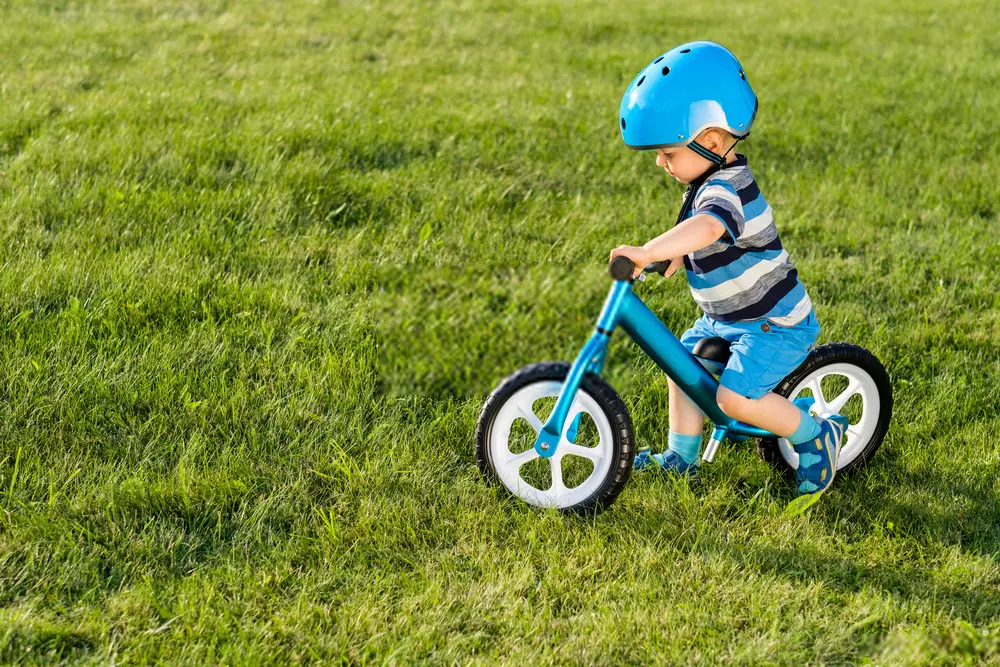

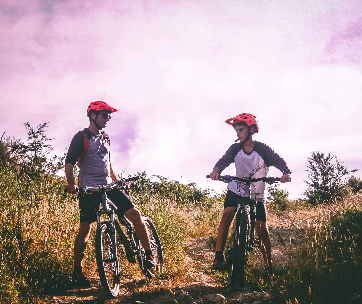
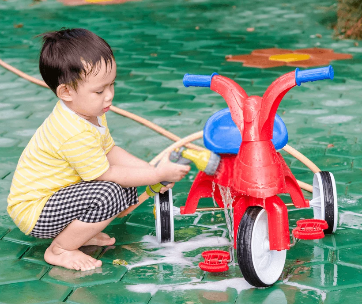
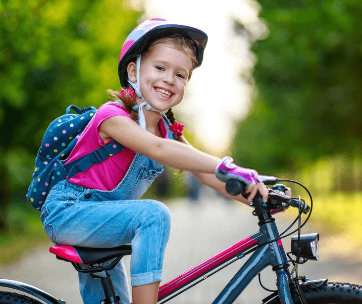
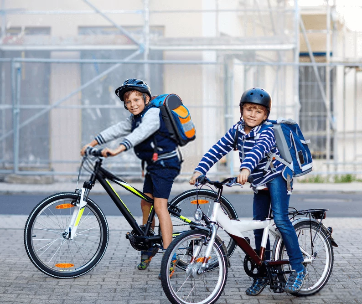
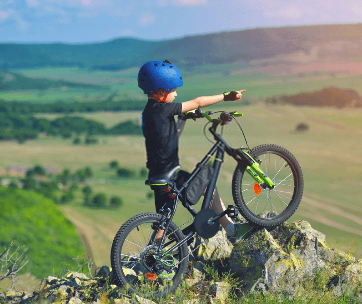

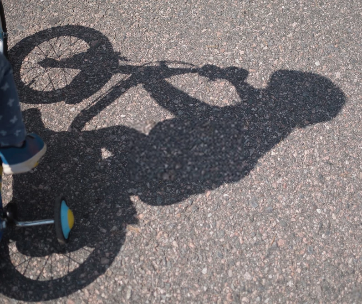

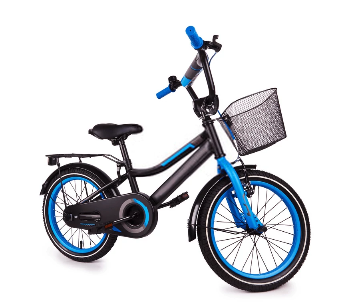

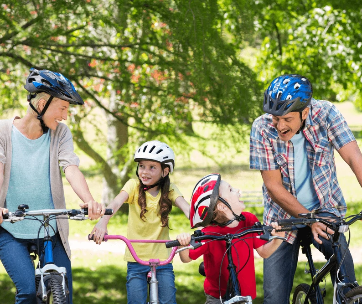
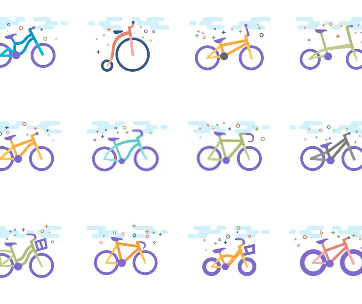




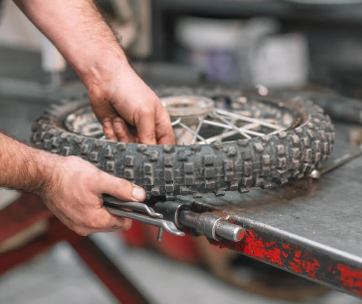
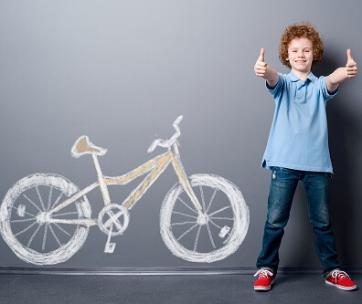
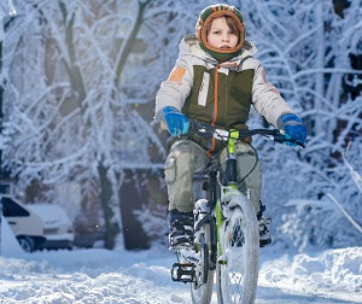


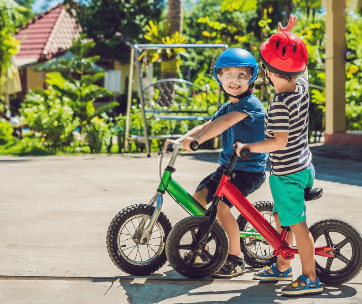
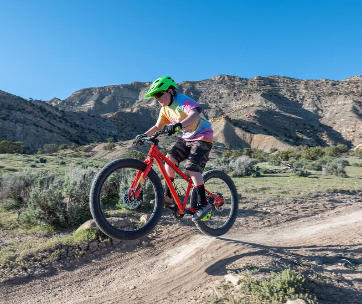
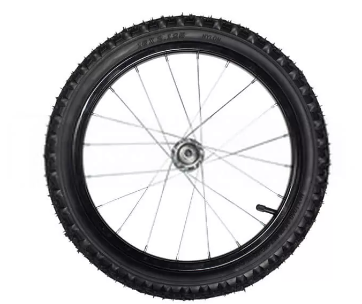
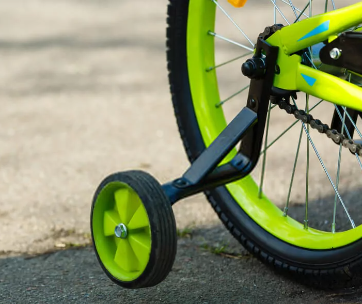
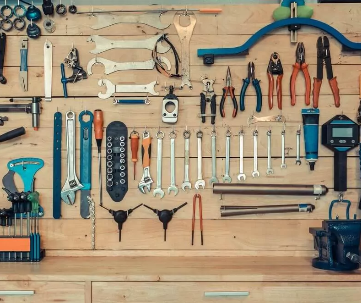
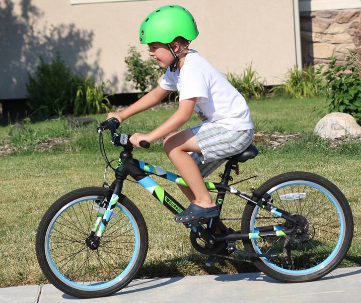
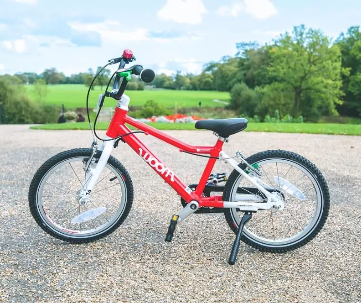
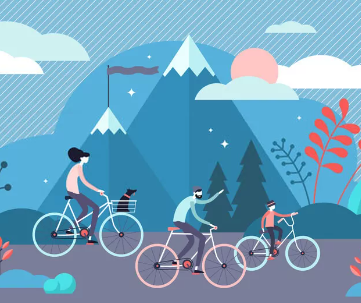
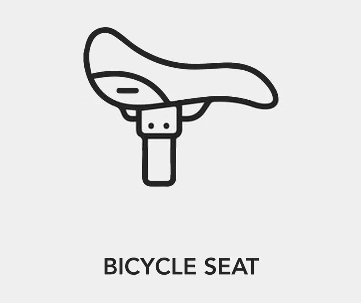
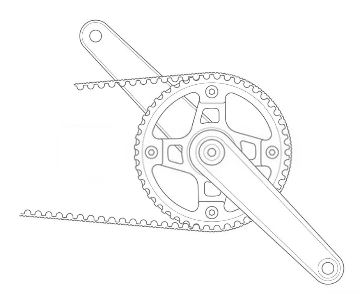
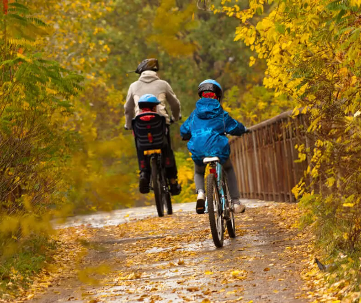
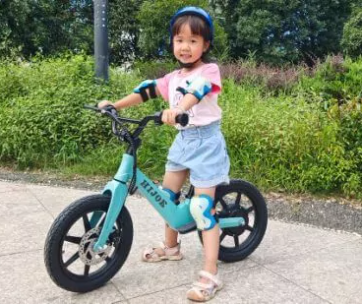

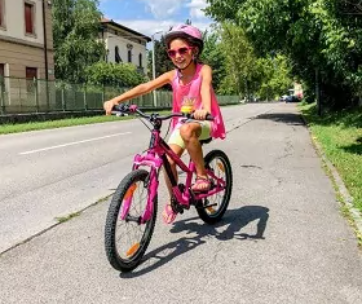
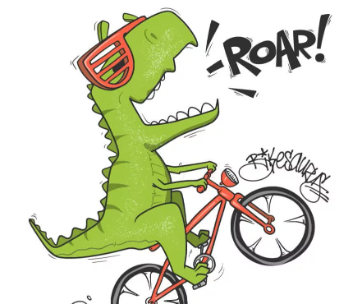
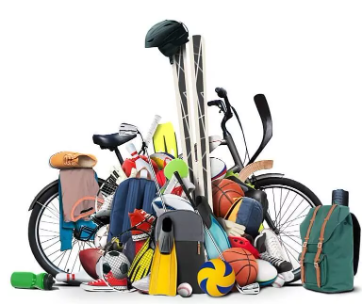
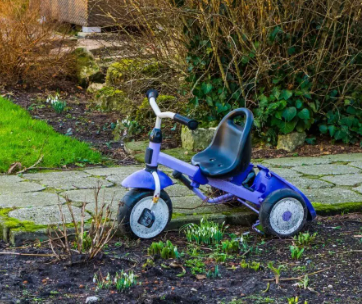
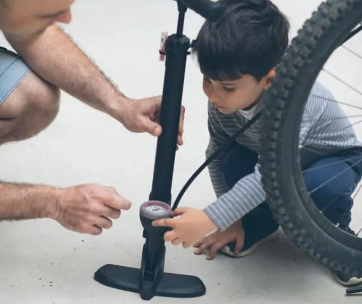
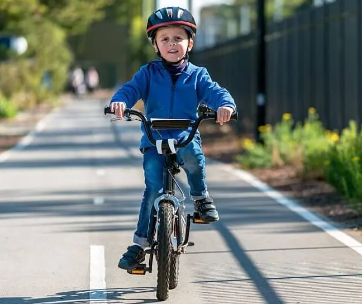
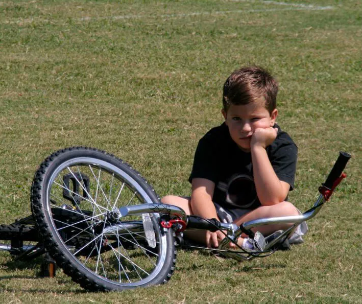
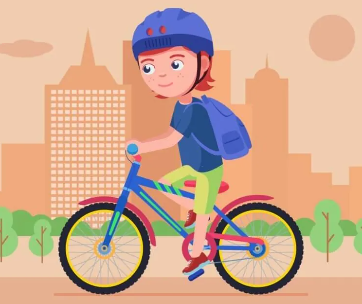
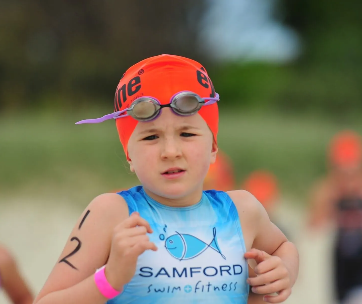
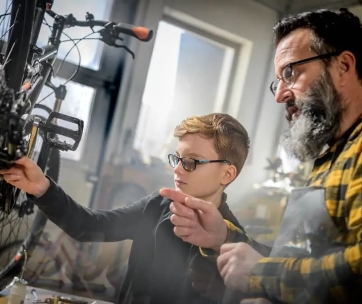

Comments